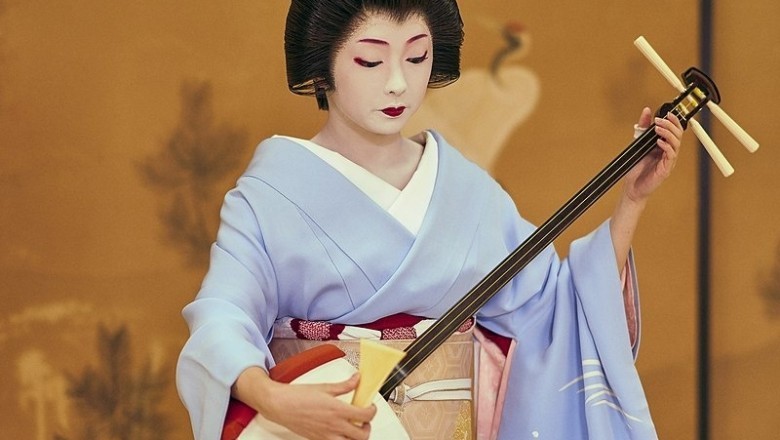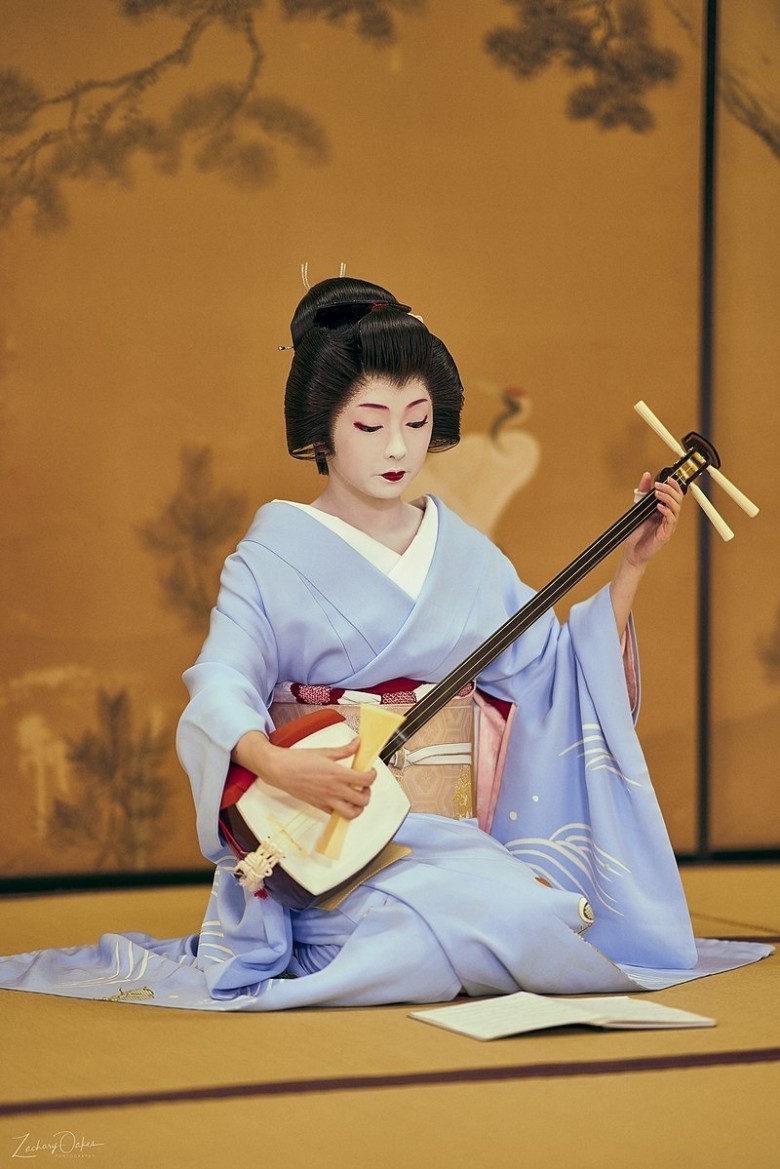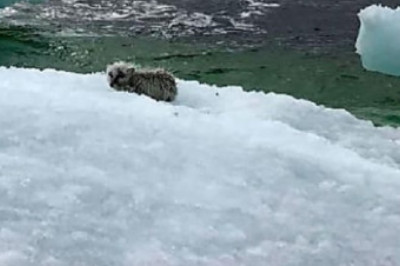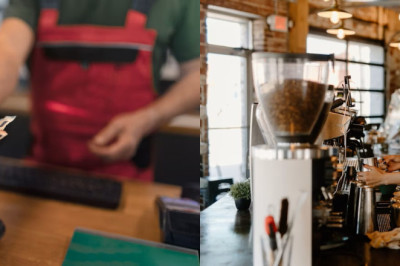
Who are Geishas: The History and Secrets of the Mysterious Profession
The image of a geisha is one of the central symbols of Japanese culture. In Western perception, it has been shaped thanks to Arthur Golden's novel "Memoirs of a Geisha." However, the book contains many embellishments and factual errors, and the storytelling is far from historical reality. The image of a geisha in Japan is much more multifaceted and intriguing than its representation in Western pop culture.

How did geishas come about? Geishas are professional "artists" who entertain guests during banquets and ceremonies. They must strictly observe Japanese traditions, have musical talents, compose haiku (a genre and form of Japanese poetry), and be able to engage in any conversation. The main task of a geisha is to ensure that the guests of the evening have a good time.

The first geishas appeared in the 17th century in Kyoto, Osaka, and Tokyo, which remain the main centers of this culture to this day. Initially, this role was performed by men - performers of Kabuki theater. They were called taikomochi, which translates from Japanese as "drum carrier." The first female geisha was Kase Yosivare. She earned a living through prostitution but managed to buy out her contract and transitioned to the category of "independent geishas." Later, some geishas were criticized for potentially having a "double registration" (as both "women of art" and prostitutes). However, this was more of an exception than the rule.
Are Geishas Prostitutes?
Services of an intimate nature were provided by oiran-geishas or yujo - girls who lacked the artistry. This fact can be noted in one of the geishas' mottos: "We sell art, not bodies." They believed that there were other women for trading bodies.

One can distinguish geishas from women of low social responsibility externally - a geisha's kimono is tied with a complex and beautiful knot at the back that cannot be untied without external help. Courtesans tie and untie their kimonos themselves (tied in front).

Hairstyles also revealed status - geishas used simple combs and hairpins, while courtesans used various hair ornaments.
The image of geishas was further tarnished in the eyes of foreigners after World War II. US soldiers referred to all women in unfamiliar clothing as geishas, and even the women of light behavior did not hesitate to call themselves that to demand a high price from culturally uninformed soldiers.

This myth then spread to the West and became entrenched thanks to films and literature.
Training:
In ancient times, parents in need of money could sell their daughter to become a geisha. Today, women enter this profession of their own volition. Future geishas are taught to read, write, and also refine their skills in calligraphy and social conversation.

The training process in 1894. Both in the past and now, training for this craft came at a high cost, but successful geishas were able to quickly repay their debt. Often, they were assisted by a danna - a patron. In the past, the presence of a patron was obligatory during the formation of geisha culture, but not anymore. After six months, the girls take an exam and undergo an initiation ceremony called misedashi.
Appearance:
Geishas are always depicted wearing traditional makeup called o-shiroi (meaning "white" in Japanese), which is wax-based. The women's lips were painted with red lipstick. Contrary to beliefs, geishas did not always wear makeup. Most often, the face was whitened by maiko (apprentices and junior geishas), while experienced ladies only applied makeup for important ceremonies. As they reached a certain age, they stopped wearing makeup altogether, as it was believed that the beauty of an adult woman did not need to be emphasized with cosmetics. The same applied to hairstyles: inexperienced maiko would create elaborate hairdos with plenty of ornaments, while adult women wore simpler hairstyles like simada. Older geishas simply tied their hair in a bun.

Another element that adds intrigue to the geisha's image is her smile. However, it was not as enchanting as commonly believed. Geishas followed the Japanese tradition of blackening their teeth - ohaguro. They used dyes from juices of plants and fruits, as well as liquid from galls - parasitic formations on plant leaves caused by viruses, bacteria, fungi, and arthropods.

To prepare ohaguro dye, the dye was mixed with water and sake in a special container, then heated iron rods were placed into the mixture. This "potion" was left to mature for a week before being poured into the mouth.
What Did Geishas Do?
Geisha banquets (o-dzashiki) could take place in tea houses, Japanese-style hotels, and traditional restaurants, where a geisha would be invited as the hostess of the evening. Both men and women could attend such events. The geisha is not responsible for the decoration of the venue, food, and drinks, as her role is to entertain the guests.

An o-dzashiki typically lasts several hours, during which the guests predominantly drink sake or beer, including as a "penalty" for losing in a competition.
Geishas assisted in organizing various parlor games such as tossing the fan to a target (tosenkyo) or Japanese equivalents of "rock, paper, scissors." They also provided musical accompaniment to the banquet by playing shamisen (a Japanese lute-like instrument), ko-tsuzumi (a Japanese shoulder drum), and fue (a flute).

Tosenkyo - the rarest and highest scoring combination "Yume no ukihashi."
Can You Leave the Profession?
Certainly, a woman can stop being a geisha, as it is essentially like any other profession, and girls sign a contract at the beginning of their career. When a geisha leaves her residence due to old age or marriage, she sends a gift of a box of cooked rice to her teachers, friends, and clients.




















Comments
0 comment